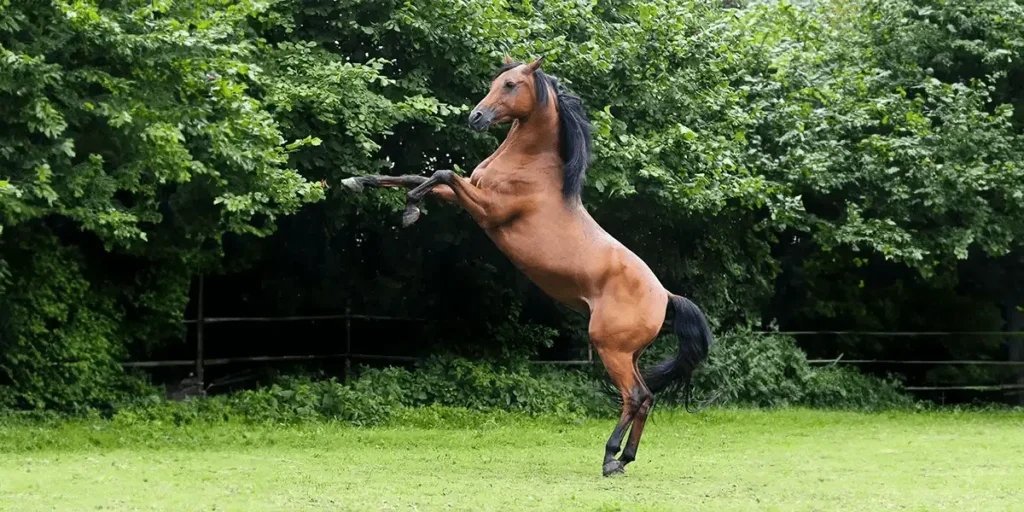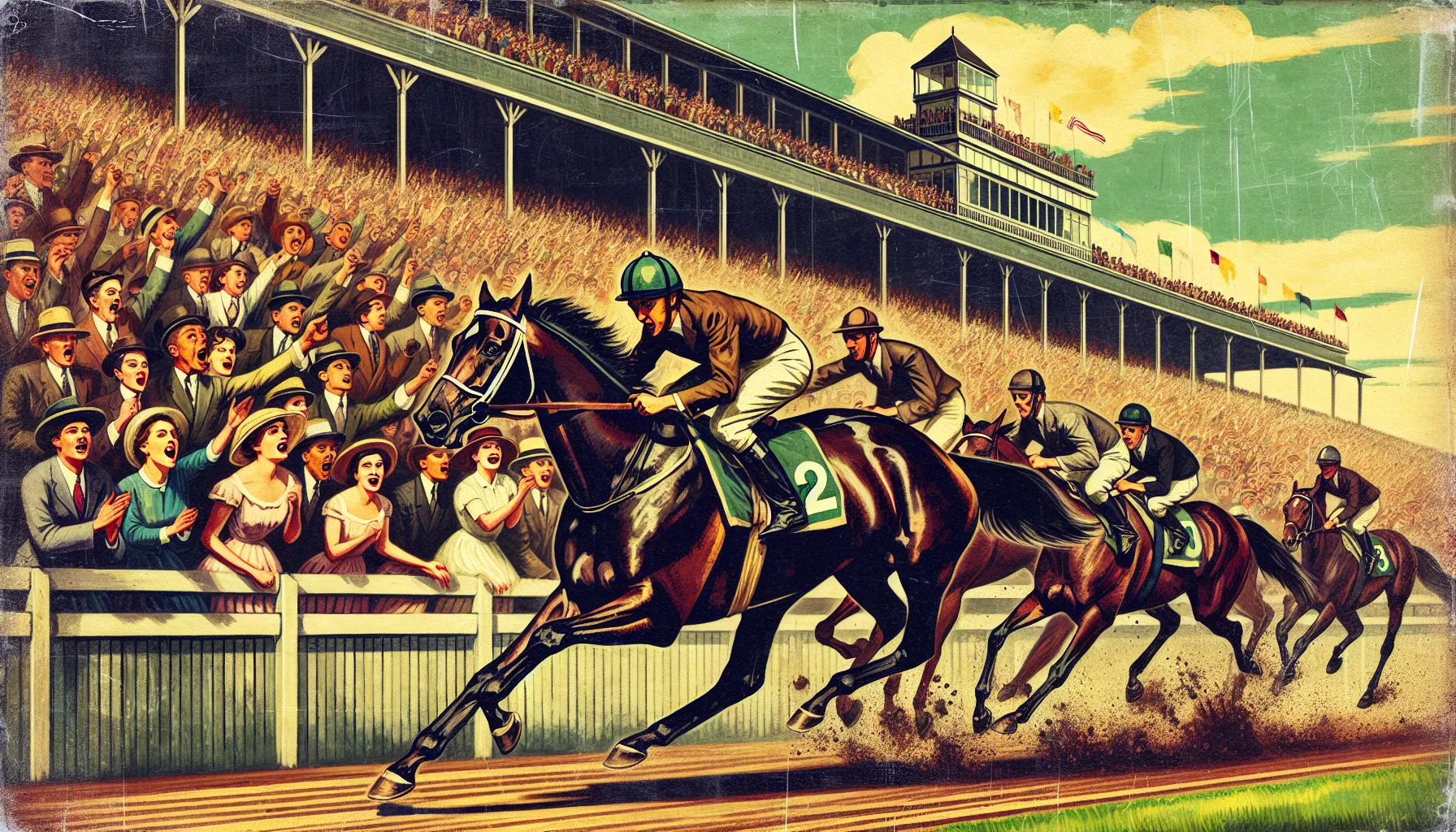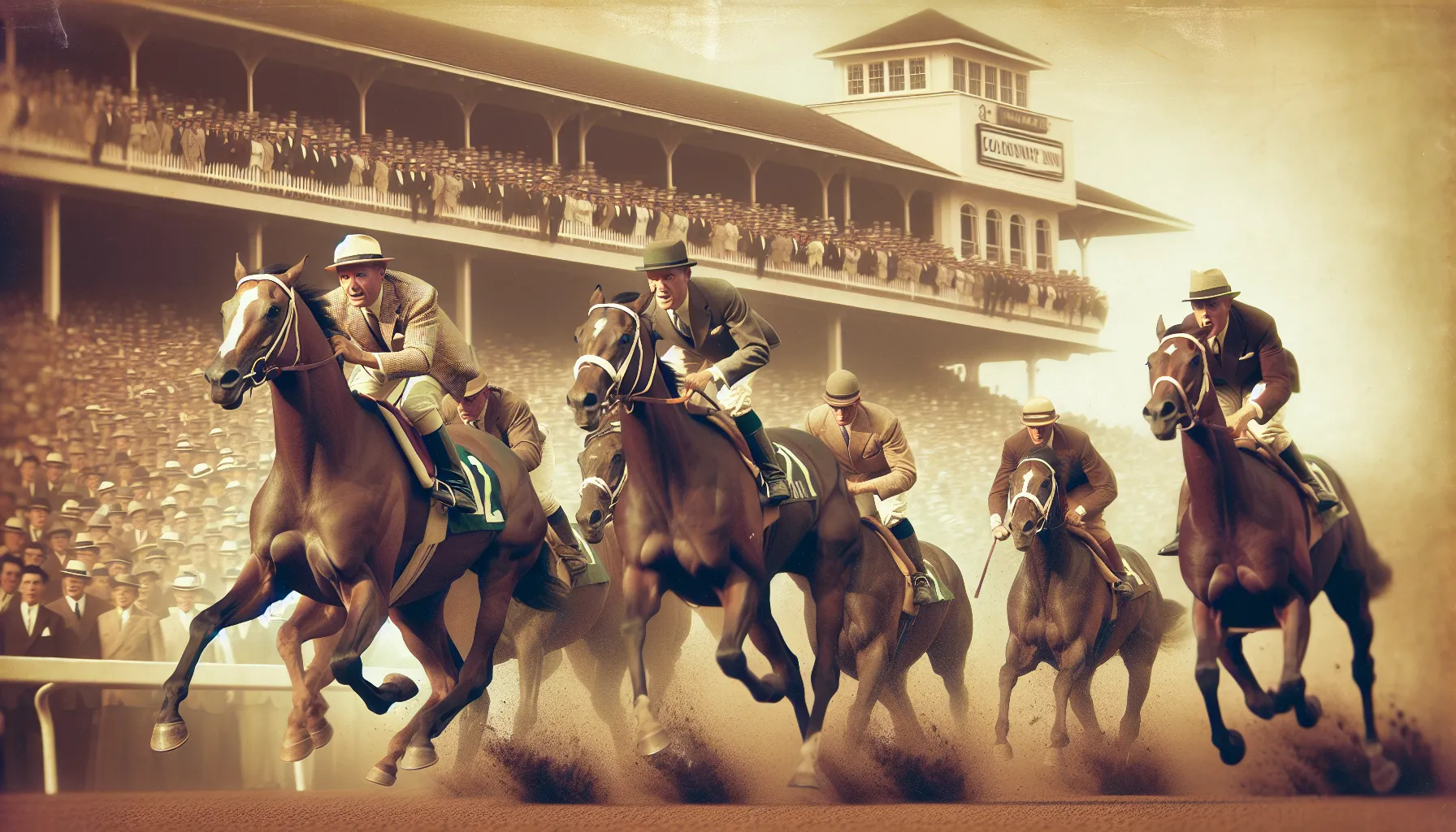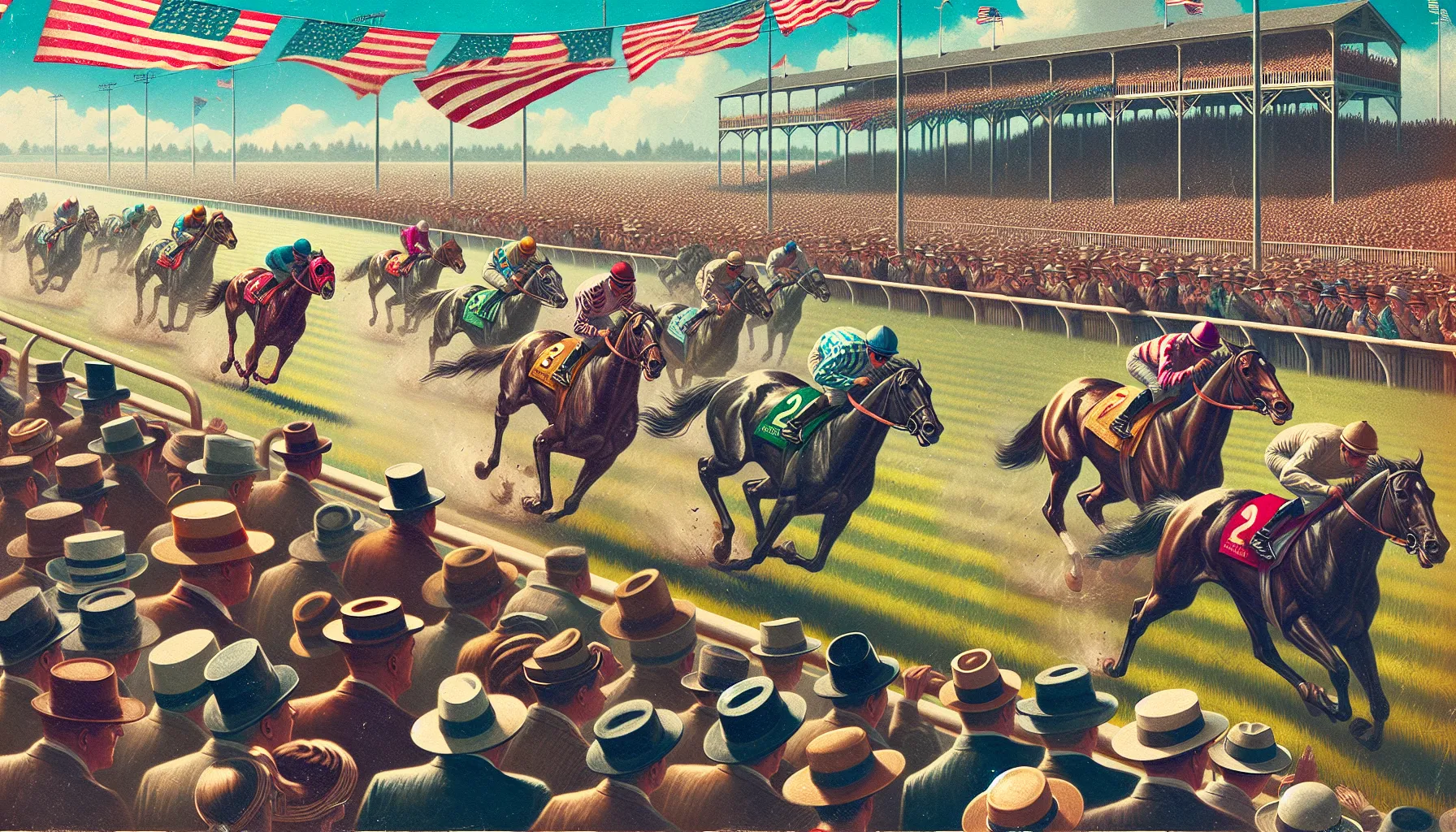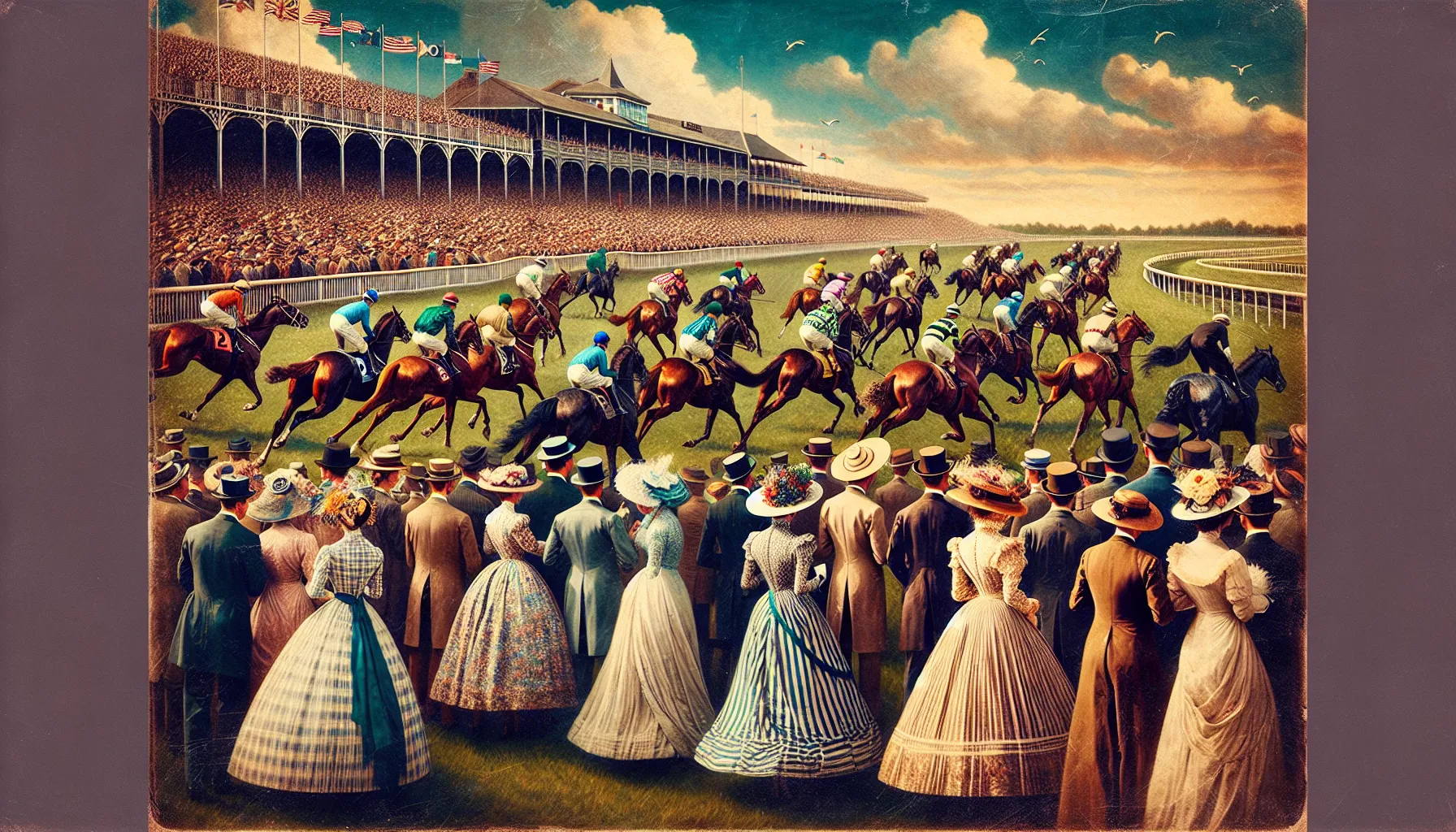Few terms are as central to the world of horse racing as the word “purse”. For newcomers and seasoned enthusiasts alike, understanding its definition and implications reveals how the financial side shapes every race. The purse is not just an arbitrary figure—it drives competition, breeds ambition among owners and trainers, and forms the core of conversations about prize money and earnings throughout the industry.
Defining the purse in horse racing
The term purse in horse racing refers to the amount of money awarded to participants based on their finish positions in a specific race. This monetary reward represents more than mere compensation; it signifies achievement and often influences decisions regarding which races to enter or horses to train intensively for certain events.
Beyond just naming a dollar figure, the purse encompasses everything from the purse pool collected for that event to the subsequent purse distribution among those who finish at the front of the pack. Owners, trainers, jockeys, and breeders all watch purse announcements closely, aware that careers can rise or fall based on consistent earnings.

The composition and source of a horse race purse
No two race purses are composed in exactly the same way. Multiple streams contribute to the final sum presented as the purse account for each contest, and unraveling these sources helps explain why race values sometimes vary dramatically.
Understanding both contributions and agreements guiding purse contracts offers deeper insight into racing’s economics, directly impacting every stakeholder involved in the sport.
How is the purse pool funded?
Each racetrack builds its purse pool through a combination of mechanisms. Betting revenue usually supplies the lion’s share, with a percentage set aside from wagers specifically for future prize payouts. Entry fees paid by owners when registering their horses for a race add another layer to this account.
Sponsorship deals, government subsidies, or allocations from larger racing organizations can supplement funds further. Together, these inputs determine just how much money will be up for grabs at any given event.
Purse contracts and agreements between stakeholders
Purse contracts play a significant role in ensuring transparency and fairness in prize allocation. These detailed agreements outline how much of the purse account gets distributed to which parties based on established rules and percentages for the track and racing jurisdiction.
By setting clear expectations, these contracts enable owners to know precisely what share to expect should their horse finish in one of the top positions. Trainers and jockeys depend on such predictability for planning and negotiations around potential entries or partnerships.
Purse distribution: how is the money allocated?
Purse distribution sits at the heart of conversations following any race. While the headlining amount of money awarded might draw attention, the gradual division of this total into smaller segments ensures fair compensation across several finishers rather than only rewarding first place.
More intricate structures exist depending on the prestige and funding behind a particular event, reflecting traditions and local regulations within various racing circuits. This makes the breakdown of the prize money even more interesting for observers evaluating risk versus reward.
Percentage split among finishers
A common method of purse allocation involves assigning a fixed percentage split among finishers. Rather than a winner-takes-all scenario, the share to top finishers generally sees the biggest portion go to first place, followed by decreasing amounts for second, third, fourth, and occasionally even fifth or sixth place depending on the purse structure.
This system rewards excellence while also offering meaningful incentives for runners-up. Typical splits might look like 60% for the winner, 20% for second, 10% for third, and so on, though variations abound according to tendered contracts and historical customs at individual racecourses.
Money paid to owners, trainers, and jockeys
Once the purse’s initial split is established, further division occurs among connections of the horse. Usually, the owner receives the majority share of whatever portion the horse secured, but trainers and jockeys earn contractual percentages for their vital roles—in some cases, breeders may receive bonuses as well based on performance clauses.
This nuanced breakdown supports livelihoods for everyone involved, allowing each group to benefit fairly from success. Financial planning by trainers and riders often hinges on detailed predictions of likely earnings over the season based on anticipated finishes and purse sizes.
Earnings and impact on careers
Tracking career-long earnings provides a visible barometer of success for everyone in racing. Total earnings give an easily understood benchmark, serving as both marketing material and justification for investments in training and breeding operations.
A horse that accumulates substantial prize money often moves quickly up in value—or even retires to become a premium breeding prospect—while successful trainers and jockeys leverage high-earnings records to attract new clients and contract opportunities.
- Purse size affects owner interest in entering higher-tier races.
- Large purses often correlate with increased media coverage and sponsorship.
- Cumulative earnings influence end-of-year awards and rankings.
- Prize money may affect decisions in breeding, sales, and syndication.
Examples of purse splits in major horse races
Examining real-world examples illustrates how purse pools manifest in recognized events. Each year, iconic derbies and global classics announce purse information months in advance, fueling excitement and strategic calculations among hopeful contenders.
These numbers reflect broader trends in the industry and show the rewards available to top finishers compared to lower placements, giving context to headlines surrounding massive wins.
| Race | Total purse | First place | Second place | Third place | Fourth place |
|---|---|---|---|---|---|
| Kentucky Derby | $3 million | $1.86 million (62%) | $600,000 (20%) | $300,000 (10%) | $150,000 (5%) |
| Dubai World Cup | $12 million | $7.2 million (60%) | $2.4 million (20%) | $1.2 million (10%) | $600,000 (5%) |
Common questions about the purse in horse racing
How is the purse pool determined for each race?
The purse pool typically combines entry fees, a set percentage of betting turnover, and sometimes additional sponsorships or subsidies. Exact proportions vary from track to track. Race organizers use the accumulated amount as the basis for that event’s official purse account, leading to diverse purse sizes across events during a racing calendar.
- Entry fees from owners
- Fixed share of bets placed
- Sponsor support and special funds when applicable
Who receives money from the purse besides the horse owner?
Although the owner claims the main portion, trainers and jockeys routinely receive predetermined contract percentages. Sometimes, breeders may also enjoy a share under specific incentive programs based on how their bred horses perform in designated nominee races. Every receiving party has their share clearly stated in purse contracts.
- Trainers (generally 10% of owner’s share)
- Jockeys (often 5–10% of owner’s share)
- Breeders (when qualifying for bonuses)
What happens if a horse is disqualified after finishing?
If a horse is later disqualified, that horse’s original share to top finishers gets redistributed to the runner placed next in line, adhering to the official finish order. Purse distribution protocols ensure transparency and maintain confidence among owners and bettors alike.
- The offender loses prize money eligibility
- Other position holders move up accordingly
- Total purse remains unchanged, only shares shift
How does purse size affect horse sales and breeding?
Larger purses lead to widely reported increases in demand—and thus higher prices—for horses with notable race earnings histories. Breeders with stock that has captured significant prize money may charge premiums, citing proven ability. Buyers routinely check career earnings when selecting bloodlines for purchase or partnership.
- Higher perceived value for winning horses
- Boost in asking price for progeny of champions
- Impact on negotiation leverage for owners and agents
| Earnings bracket | Typical sale price range |
|---|---|
| $0 – $50,000 | $10,000 – $80,000 |
| $250,000+ | $200,000 and higher |






